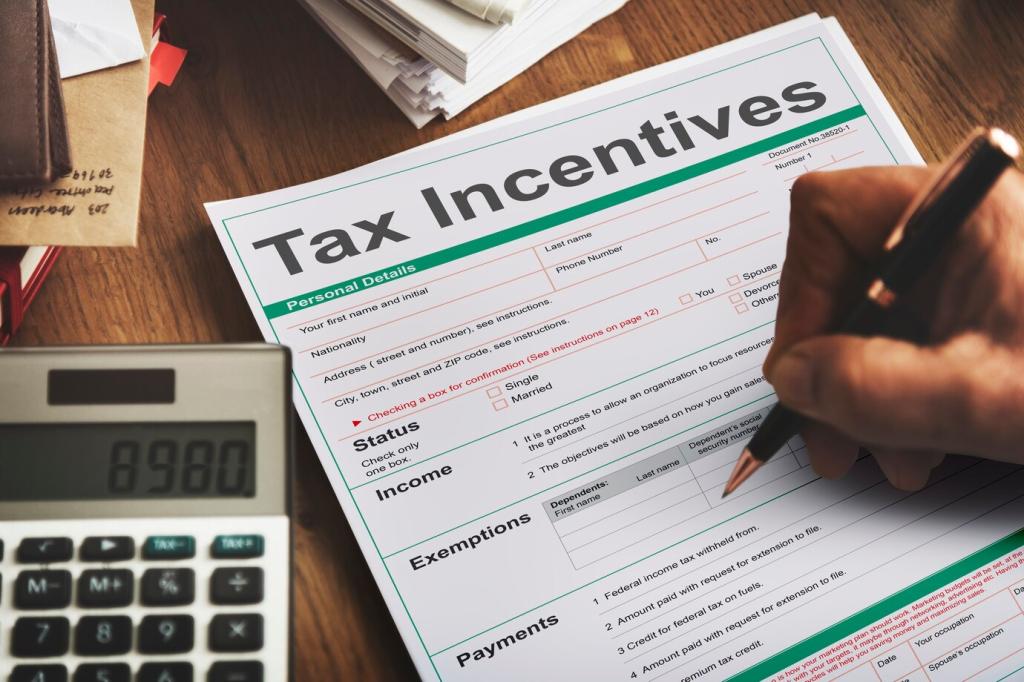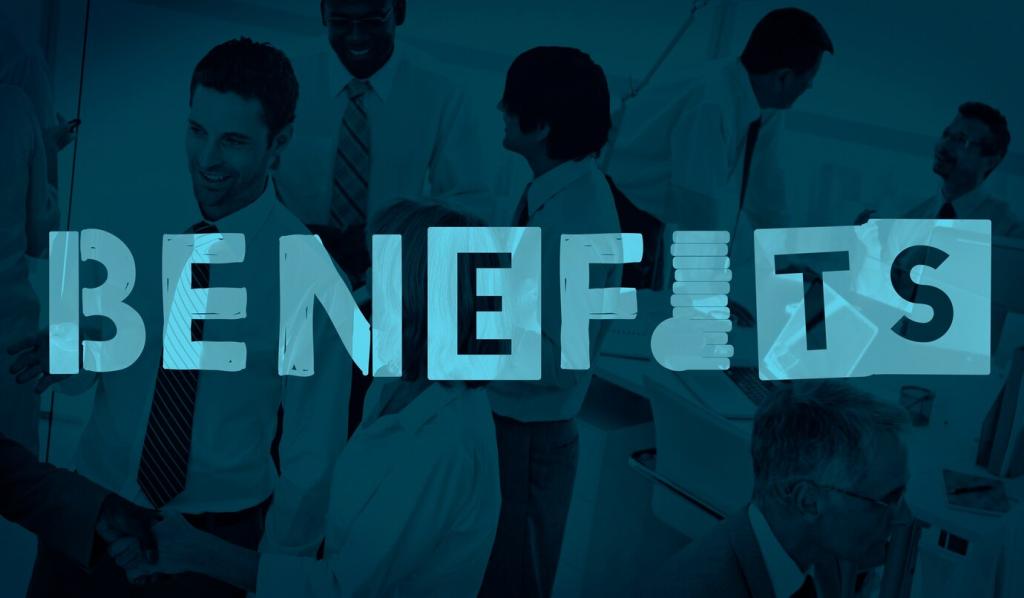What R&D Tax Incentives Mean for Malaysian Businesses
R&D transforms uncertainty into progress, and incentives help de-risk the journey. When enterprises test ideas, collect evidence, and push boundaries, the entire economy benefits. Lowering the after-tax cost of experimentation encourages firms to try again after setbacks and scale proven breakthroughs faster.
What R&D Tax Incentives Mean for Malaysian Businesses
Malaysia supports R&D through various tax measures administered by relevant authorities, encouraging both in-house efforts and collaborations. While mechanisms and eligibility evolve, the core principle remains steady: systematic, science- or technology-driven work aimed at new or improved products, processes, or services can unlock valuable relief when properly documented.






